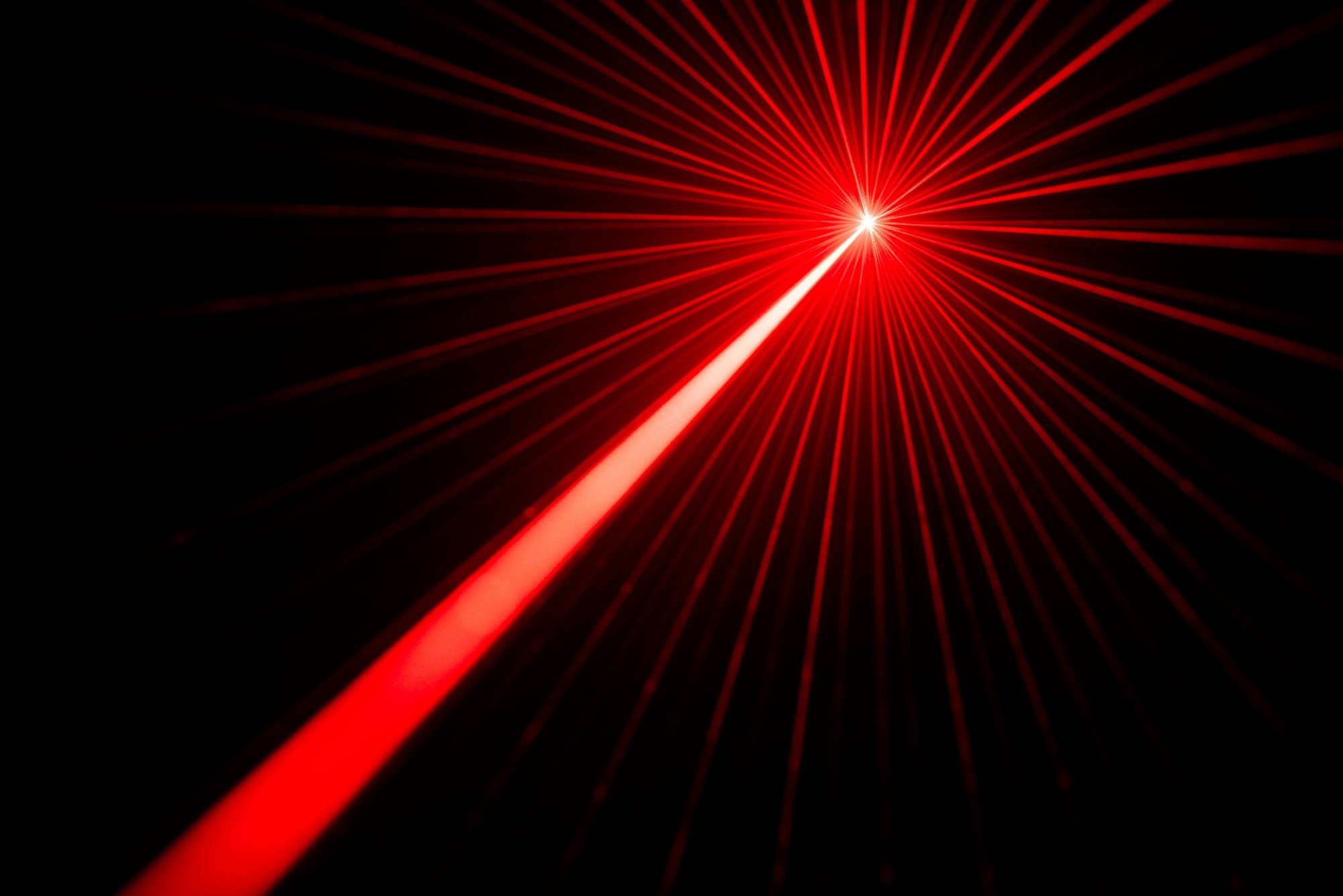Laser technology, a relatively recent innovation, saw its inception in 1960 and has since undergone diversification in configurations, forms, and sizes.
It emits precisely controlled beams of light, finding utility in various industries, including astronomy, engineering, and healthcare, where specific time, space, or wavelength criteria necessitate concentrated light beams.
Scientific and technological progress has facilitated the quantification of laser power, typically measured in watts (W), denoting the energy output per laser beam unit.
This measurement serves dual purposes: verification of the laser's correct power level and continuous monitoring of its performance. Both functions of laser power measurement are essential for meeting industry standards and maintaining seamless operations.
In this article, multiple techniques for measuring laser power, including beam profilers, photodiodes, and thermopile detectors, will be discussed.

Image Credit: donatas1205/Shutterstock.com
How is Laser Power Measured?
The selection of precise and dependable solutions for laser power measurement is paramount. Inaccurate data may detrimentally affect equipment maintenance and operational efficacy. The following section will examine the various measurement solutions and their salient features and merits.
Beam Profilers
Laser beam profiling technology focuses on spatially delineating the laser beam's propagation path. This approach comprehensively measures, displays, and records the complete laser beam profile instead of solely its diameter.
This method offers manifold advantages. It assesses laser intensity and facilitates precise alignment of laser beams, long-term performance monitoring, and the sustenance of specific beam configurations. These instruments play a pivotal role across industries like healthcare, manufacturing, and scientific research.
Photodiodes
Photodiodes are another popular measurement tool. They employ semiconductor devices to quantify the electric current generated by incident laser light, transforming it into an electrical signal. Photodiodes exhibit high sensitivity and yield swift measurements, characterized by response times measured in microseconds or milliseconds.
Additional benefits of photodiode deployment for laser power measurement encompass low noise levels and heightened sensitivity, rendering them suitable for low-power assessments in low-light conditions. They also excel at characterizing the intensity profile of laser beams.
Thermopile Sensors
A traditional approach to laser power measurement, thermopile detectors, converts laser beam heat into an electric signal, which is subsequently detected.
The key advantage of thermopile detectors is their ability to assess laser power across various wavelengths. These detectors offer high sensitivity, swift response times, and user-friendliness.
Where to Purchase Laser Power Measurement Solutions?
For those seeking superior laser power measurement solutions, Dexter Research Center offers a comprehensive array of infrared sensing and detect-and-manage solutions. Its product portfolio includes industry-leading thermopile detectors suitable for diverse applications.
Thin film-based thermopile detectors are engineered for tasks such as laser power measurements, gas analysis, fire detection, and non-contact temperature assessments.
These detectors deliver high output, an excellent signal-to-noise ratio, remarkable sensitivity, and a substantial active area, guaranteeing precise laser power and energy quantification.

This information has been sourced, reviewed and adapted from materials provided by Dexter Research Center, Inc.
For more information on this source, please visit Dexter Research Center, Inc.